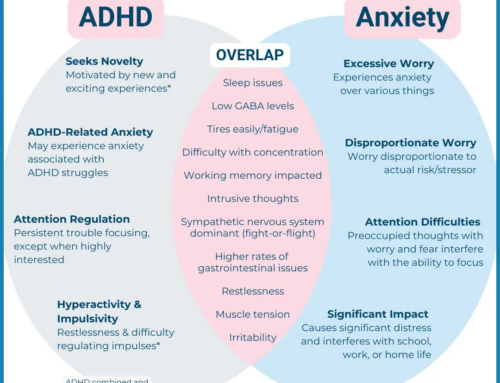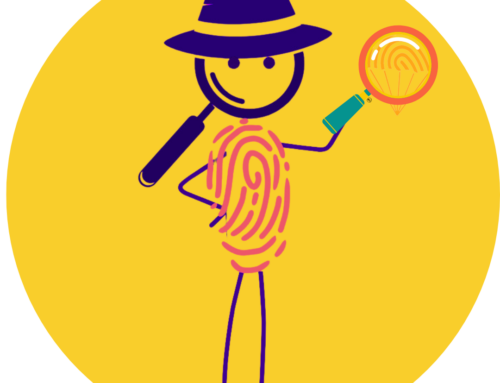n 2018, we’re launching a new learning-to-learn curriculum, based on the latest research from educational and clinical psychologists and on how we learn best, as well as over eighteen years of experience creating personalized learning solutions for kids. This 3-month kick-start to an Academic Coaching program will guide students and parents through the 10 most important learning skills to be both college and career ready for the 21st century.
We’d love to hear from you on what additional topics you’d most like us to address in our Academic Coaching curriculum. E-mail studentconnector@yellowparachute.com to learn more and share your thoughts.
This post is the second in a series on the science and practice of learning.
Make It Stick: The Science of Successful Learning has been a pivotal tool for crafting our new Student Operating System (SOS) curriculum. The book draws on ten years of data from eleven cognitive psychologists and aims to bridge the gap between what science tells us about learning and how we prepare our kids to be citizens of life. In building this curriculum, we’ve also incorporated the expertise of behavioral specialists, neuropsychologists, classroom teachers, students, and parents, creating a comprehensive guide to success at school for our kiddos.
Below, you’ll find a series of useful facts and debunked myths from the Make It Stick authors. But first, I want to define the term “learning.”
The Make It Stick authors define learning as, “acquiring knowledge and skills and having them readily available from memory so you can make sense of future problems and opportunities.” I’ll add that learning is also about being okay with where you are right now. All of us are bundles of unique strengths and pain points. Learning means discovering what those are, and adapting to them with kindness as you journey from where you are to where you want to be. It is personal, and it is a journey. There will be many faces and paces. And the goal is to keep your head up, your heart open, and your eyes on the prize.
We learn, not just stockpile data with which to intimidate our friends on trivia night, but to create new knowledge and forge new experiences. Learning— the process of thinking, doing, reflecting — helps us define ourselves in relation to the world: Why do we believe what we believe? How do our choices affect others? How do we account for the things we can and cannot control, and how do we negotiate those categories to build a satisfying life?
Learning helps us get curious, get gritty, discover whole-hearted living, and write our stories. Are you convinced, yet, that learning rocks?!?!
And now….drum roll please…for nine surprising (and some not-so-surprising) facts about learning :
1. Learning is more effective when it requires effort. In other words, no pain, no gain. If you’re feeling fidgety, tired, or like you’d rather be mopping the kitchen floor, you’re probably on the right track. Use the “So/Even so” technique to get through the discomfort by saying, “So I’m fidgety/hungry/bored. Even so, I can keep at this for another 5/10/20 minutes before I take a break.”
2. We’re not great at judging when we’re learning and when we’re not. Keep testing yourself, even when you think you know it. My ACT students often they think they have a certain type of problem down, only to miss it on the practice tests. That’s why I have them take notes and make flags in their manuals, so they can become aware of their error patterns.
3. Retrieval practice is far more effective than rereading—flashcards work! A simple quiz after a lecture or reading a text helps create new neural pathways learning and remembering than rereading the text or reviewing the lecture notes. Even if you’re reciting the answers verbally, take the quiz with a pencil in your hand to simulate exam conditions. Your brain processes information differently when it thinks you’re writing (cool, right?).
4. BUT, if a piece of information is easy for you to retrieve (let’s say the Norman conquest of 1066 is always at the tip of your mind), practicing retrieving it will do little to help you retain that information over the long-term. In other words, flashcards are most useful for questions that make you squint and make you say “uhhh,” because that hard thinking will help move the answers to your long-term memory.
5. Drumming the same piece of information (or even subject) into your mind over and over again actually isn’t a great way to study. Research shows that study sessions that cover a variety of subjects and skill sets (and test them in new ways) foster more well-rounded, deep, and durable learning. Studying this way feels harder and less effective, but stick with it. It’s the difference between spending an entire hockey practice only skating, versus spending that practice skating, puck handling, and shooting.
Next time you review notes, spend time making flashcards for 3 different subjects, 15 minutes each with a break of 5 minutes between each session. Try this for two weeks, and let us know how it goes!
6. This type of “interleaved” practice helps you learn the structural rules of each problem or concept. Understanding these rules is what helps you pick the right solutions in new situations.
7. Trying to solve a problem before someone teaches you the solution leads to better learning, even if you mess up in the attempt.
8. You learn more deeply when you can express new ideas in your own words, and connect them with what you already know. This becomes a positive feedback loop: the more connections you make, the better you’ll remember and be able to apply the information in class…and show off at trivia.
9. Remember, learning doesn’t happen from scratch. You need a solid foundation before you can build any new rooms.
Stay tuned for our third and last post in the Making It Stick series, where we’ll discuss concrete strategies for better learning.
-Cara







